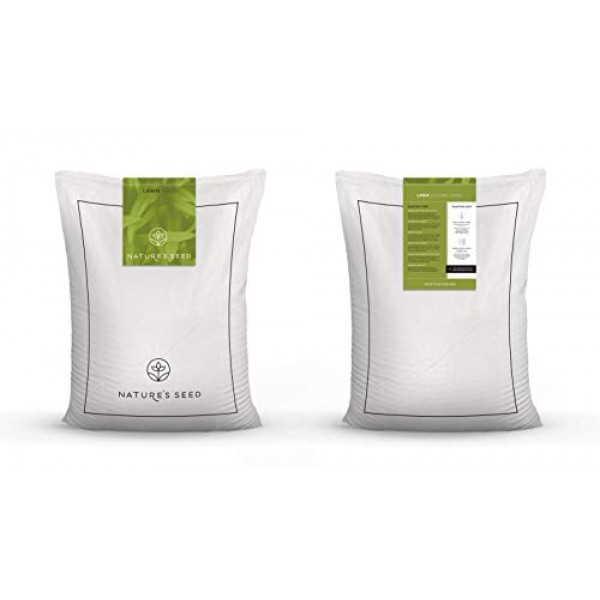White Dutch Clover Grass Seed 1000 sq ft
Click Image for Gallery
White Dutch Clover Grass Seed (1000 sq ft)
Rising costs of water and energy are inspiring many people to seek environmentally sustainable alternatives to their thirsty, work-intensive lawns. Consequently, clover lawns have gained popularity in recent years. A clover lawn can be a low-cost, low-maintenance alternative to traditional turf lawns-especially in shady or problem areas of your yard. There are two types of clover lawns: pure clover - for low to moderate foot-traffic mixed grass/clover - for moderate to high foot-traffic Of the two, the best choice for most people and situations is the mixed grass/clover lawn. You can either overseed clover into your existing lawn or begin one from scratch. If a clover lawn is right for you, there are many advantages over traditional bluegrass or Bermuda grass lawns: Never needs fertilizer Little watering Spring green-up/winter color Little mowing No herbicides/out-competes weeds Grows in poor soil Terrific texture/smell No more dog spots A clover lawn may not be for everyone. When deciding if a clover lawn is right for you, first consider the following: Traditional grass lawns handle heavy foot-traffic (sports, kids, dogs, etc.) better than clover lawns. Clover will stain clothing easier than a grass lawn and can be difficult to launder. Clover is an excellent pollinator species, attracting honeybees, bumblebees and other beneficial insects. Gardeners may appreciate the bee activity, but it may concern those allergic to beestings. Reduce these concerns by mowing more frequently during the growing season to remove blooms. Florida Tropics Region, Great Lakes/New England Region, Great Plains Region, Intermountain West Region, Mid-West/Mid-Atlantic Region, Pacific Northwest Region, Pacific Southwest Region, South-Atlantic Transitional Region, Southern Subtropics Region, Southwest Desert Region, Southwest Semi-Arid Steppe Region, Southwest Transitional Region.- Never needs fertilizer. Clover is a nitrogen-fixer, which means it takes nitrogen from the air, via bacteria living in nodules on the roots
- Little watering. In many regions clover is fairly drought-tolerant when added to a traditional lawn
- Spring green-up/winter color. Clover greens-up in early spring and remains green until winter




